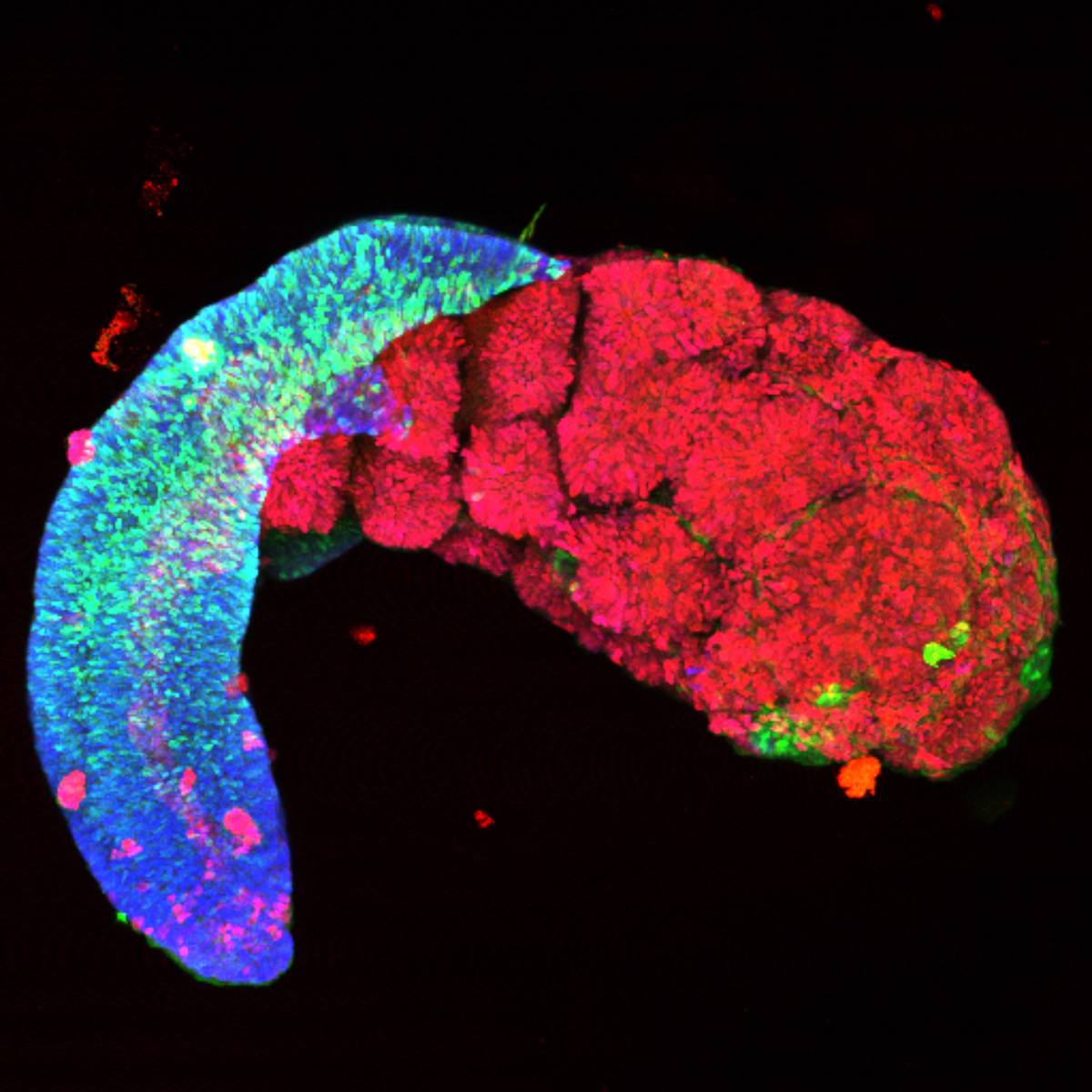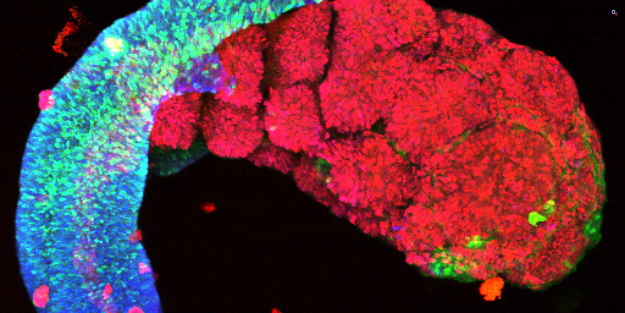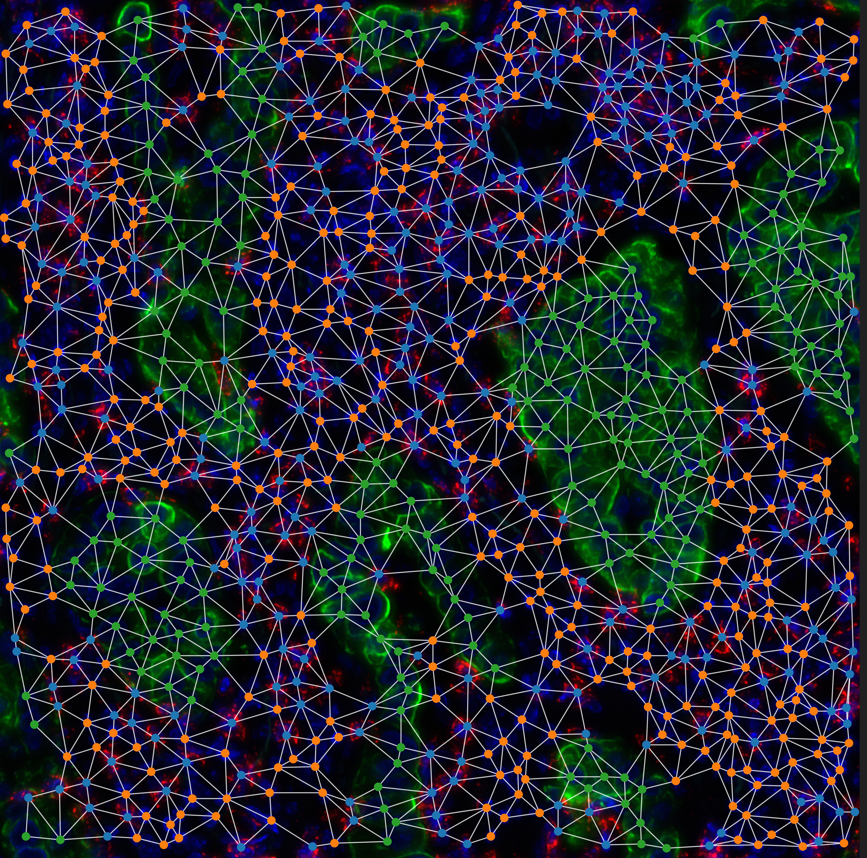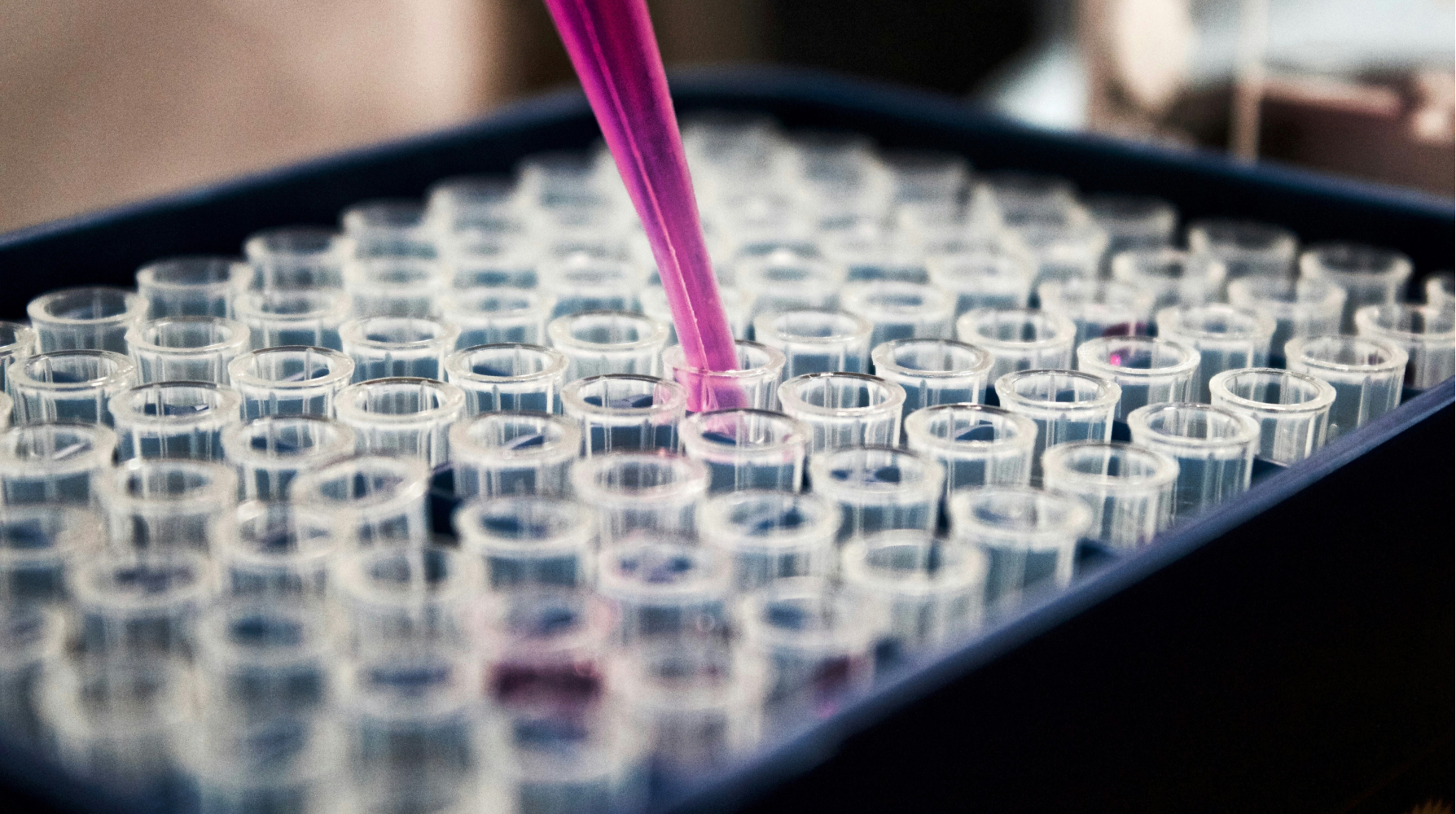
CELL EXP
Challenge : Specialized experimental systems
Overview
Faced with the need to reduce animal testing in scientific research, human neural organoids are emerging as powerful models for studying the development of the nervous system and modeling pediatric cancers. The Cell Exp project aims to combine human neural organoids, human embryos and in vivo mouse models to map neurodevelopmental cell trajectories and lineages.
Gaelle Legube, head of the “Chromatin and DNA repair” team of the UMR 5077 unit of molecular, cellular and developmental biology of the Center for Integrative Biology in Toulouse.
Stéphane Nédélec, head of the “Stem Cells and Neurodevelopment” team at the Inserm UMR 1341 / CNRS 8265 / Sorbonne University Institute du Fer à Moulin.
Study of cellular interactions via cerebral organoids and data visualization, to simulate the mutations that cause cancerous tumors

Key objectives
- Map cell trajectories in the human and murine embryonic CNS in order to define reference atlases for normal cell lines.
- Develop robust regional neural organoids capable of faithfully reproducing human brain structures, and thus reduce inter-organoid variability.
- Identify points of disruption of cellular trajectories in pediatric cancer models to better understand tumor initiation and progression.
Key actions
Mapping of cellular identities in the human and murine embryonic brain.
- Construct 3D maps of cellular identities and lineage relationships in the human and murine CNS.
- Use multi-omic approaches (spatial transcriptomics, scATAC-seq, scCut&Tag) to define transcriptional and epigenetic cell profiles.
- Integrate these data into a unified digital platform to create a virtual atlas of the embryonic CNS.
Development of regional neural organoids from human pluripotent stem cells (hiPSC).
- Establish robust pipelines for the production of regional organoids of the cortex, hindbrain and spinal cord.
- Characterize cell diversity and lineages in organoids, comparing them to human embryonic reference data.
- Optimize protocols to improve organoid homogeneity and fidelity.
Modeling pediatric brain cancers in neural organoids.
- Introduce specific oncogenic mutations (via CRISPR/Cas9) into healthy organoids to model tumor initiation.
- Develop organoid chimeras composed of normal cells and cells carrying oncogenic mutations to monitor tumor progression.
- Use these models to identify points of deregulation and test new therapeutic strategies.
Expected results
- A complete 3D atlas of cellular identities and lineage relationships in the human and murine embryonic CNS.
- Robust pipelines for the generation of reliable and reproducible regional neuronal organoids.
- Organoid models of pediatric cancers to identify critical points of deregulation and test therapeutic strategies in conditions close to human reality.
This project will contribute to the development of relevant ex vivo models for the study of pediatric brain cancers, while meeting the objective of reducing animal testing in biomedical research.
Les autres projets PEPR


